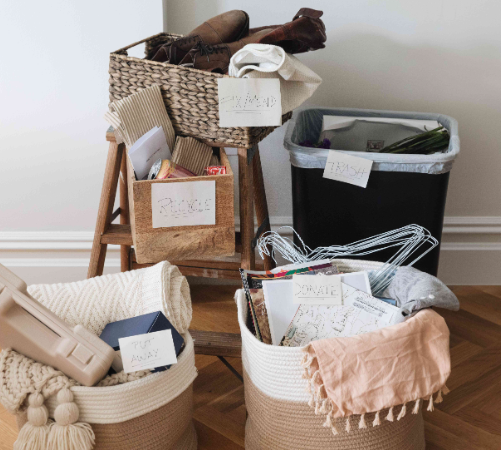Rain is, unfortunately, a fundamental part of life for those of us living in the UK. Subsequently, a significant number of materials have been developed to cope with this in various ways. These are usually referred to as waterproof, water repellent, or water resistant. But what does each of these mean, how do they differ, and what examples are there of each?
Waterproof
When something is described as “waterproof”, it means that it is specifically designed to prevent any kind of water penetration in any weather conditions. This is done by creating an impermeable barrier.
Waterproof fabrics are able to withstand heavy rain and are used in raincoats, swimwear, dry bags and similar items. Common waterproof materials include latex, Gore-Tex, vinyl, polyurethane laminate, thermoplastic polyurethane, oilcloth and ProCare fabric.
The fact that waterproof materials are impermeable can, however, limit breathability which may sometimes result in moisture being trapped inside.
Water Repellent
While waterproof materials are impermeable, water repellent materials are only able to resist water penetration to a certain degree. Water repellent materials are usually treated with a special coating that creates a hydrophobic barrier which encourages water to bead up and roll off.
Water repellent fabrics are used in upholstery, footwear, tents and outdoor clothing. These materials have better breathability than their waterproof counterparts and can deal with light rain or splashes – but not with heavy rain or complete submersion.
Luxury Water Resistant Fabrics
If you are looking for a stylish fabric for outside use, there are a number of specialists such as https://extex.co.uk/fabric-collections who offer a wide range of luxury water resistant fabrics which can be used in gardens, on terraces, and even on yachts.
Water Resistant
Water resistance is the lowest level of water protection of the three. These materials can resist a small amount of penetration from water, but will likely become saturated if they are exposed for a longer period of time. These are usually the most breathable of the three types of material as they do not have coatings or membranes.


